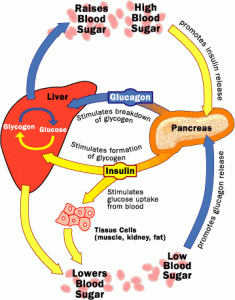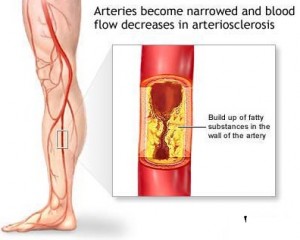J-Medicalinfo: Asthma and Influenza Vaccination
The results from this study indicate that only about one in three people with asthma are receiving influenza vaccinations. This vaccination rate has changed little from 1999 through 2001. These results suggest that recommendations to vaccinate adults with asthma are not being met. In particular, younger people with asthma are not being vaccinated against influenza. Only approximately one in five people with asthma aged 18 to 49 years reported having received such a vaccination. 
Respiratory infections, including influenza, can cause serious morbidity in people with asthma. Some evidence suggests that people with asthma may be more likely to experience influenza-associated morbidity than people who do not have asthma. For example, during periods when influenza virus was the predominant circulating upper respiratory virus, hospitalization rates for acute respiratory infections among children with asthma were much higher than those among children without a high-risk condition.
These considerations taken together with the fact that inactivated influenza vaccine has been shown to be both clinically effective and cost-effective—albeit not necessarily based on studies of participants with asthma—suggest that people with asthma could benefit considerably from receiving an influenza vaccine. Yet, a review of nine randomized trials noted that the benefits and risks of vaccination for patients with asthma were inconclu-sive.
All but three trials had sample sizes < 100 participants. In these trials, both early and late outcomes (mortality, hospital admission, pneumonia, asthma symptom scores, lung function measurements, medical visits, number of rescue courses of corticosteroids) were examined. The authors called for additional trials of sufficient size to study the question of the benefits and adverse effects of influenza vaccination in people with asthma. Questions about the short-term safety of the vaccine among people with asthma may have been answered by a large, randomized trial of children and adults with asthma that was published after the review.
In this trial, the administration of inactivated influenza vaccine did not affect the frequency of exacerbations of asthma during the 2 weeks following the vaccination. The cost-effectiveness of annually vaccinating all eligible people with asthma is unknown. The Healthy People 2010 objectives call for 90% of noninstitutionalized adults aged > 65 years and 60% of noninstitutionalized high-risk adults aged 18 to 64 years to receive an annual influenza vaccina-tion. People with asthma are included in the high-risk designation. The NHIS data show that 20.9 to 22.7% of asthmatic participants aged 18 to 49 years, 42.3 to 47.8% of asthmatic participants aged 50 to 64 years, and 64.8 to 72.8% of asthmatic participants aged > 65 years received a vaccination from 1999 to 2001.










